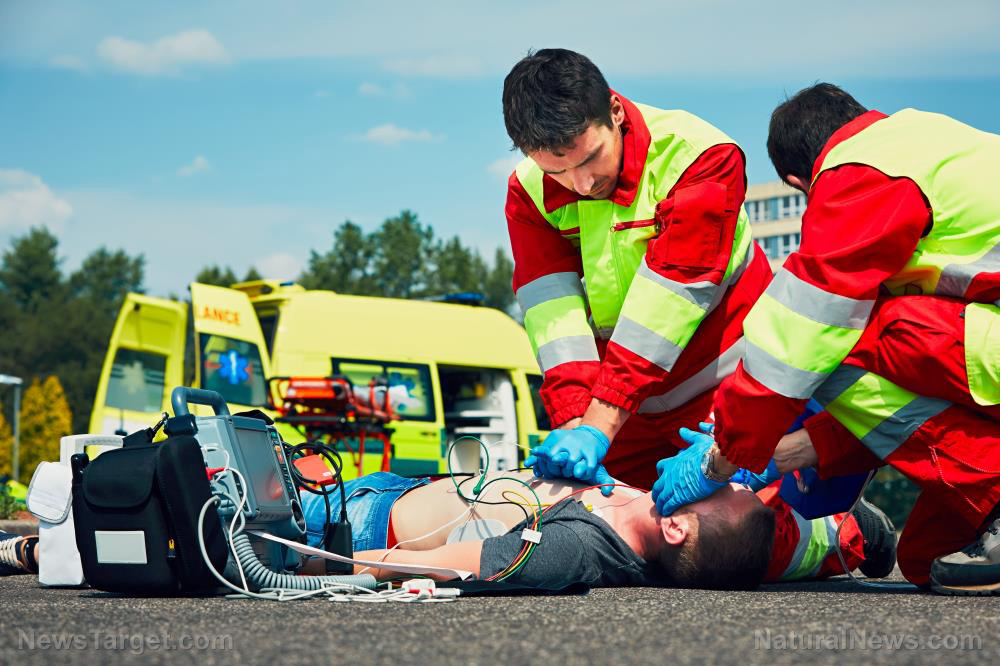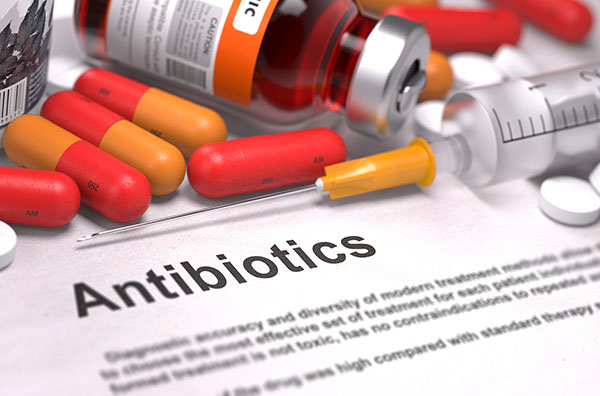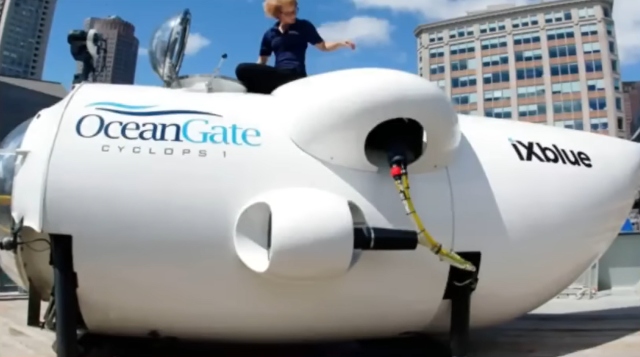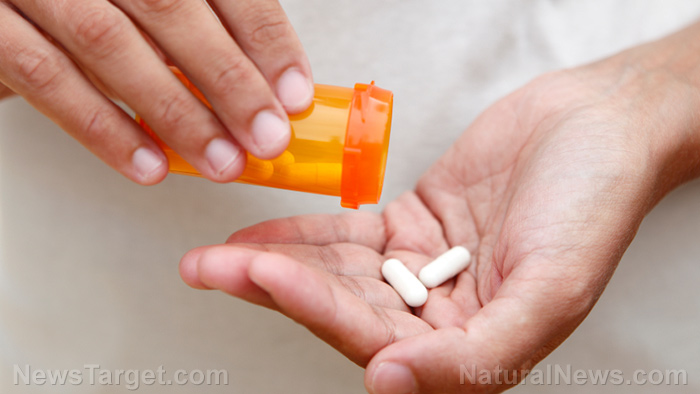
You don't have to be a prepper to have a medical kit at the ready, although many preppers need one because of the activities they usually participate in, such as hunting, hiking, or camping. And you may not have to wait for an actual disaster before these supplies and skills become necessary.
Essentials for a trauma kit
Do you know the difference between a first aid kit and a trauma kit? In order to respond appropriately to an emergency, you must first be able to tell which kit is needed for the situation.
Basically, a first aid kit is for addressing minor injuries such as cuts, scrapes, or minor burns – the types of injuries that don't require professional medical attention. On the other hand, a trauma kit is for dealing with injuries that require urgent medical care – typically life-threatening – and for keeping someone alive until medical help arrives at the scene.
With that said, this article tackles the essentials for a trauma kit – the supplies that will help you respond to major injuries while waiting for expert medical attention.
Trauma supplies for EDC
When choosing which supplies to add to your everyday carry (EDC), size and weight are the main concerns. As the name implies, an EDC should be portable enough for you to carry every day.
The thought of dealing with medical emergencies, especially major ones, can be daunting, but it is a crucial task that requires both supplies and properly honed skills. Since this article will only talk about the supplies part, you can refer to online tutorials or take classes for the medical skills.
For trauma supplies for your EDC, the following items are must-haves:
- 2nd skin
- Ace bandages
- Alcohol wipes
- Band-aids
- Butterfly closures
- Chest seal
- Combat gauze
- Compressed gauze
- EMT scissors
- Irrigation syringe
- Medical tape
- Moldable foam splint
- Moleskin
- Nitrile gloves
- Specialty bandages
- Suture kit
- Tegaderm
- Tourniquet
- Triangle bandages
Compressed gauze and combat gauze differ in that the former is used as backing gauze to control bleeding, while the latter encourages the clotting process to stop the bleeding of severe injuries. Chest seals, on the other hand, are for sealing penetrating chest wounds and other injuries with entrance and exit wounds, such as gunshot injuries. For your safety, always remember to wear nitrile gloves when treating another person.
The supplies above are for a basic trauma kit and should be enough for most emergencies. If you want to make a more extensive list, consider these additional supplies:
- Asthma inhalers
- Rubbing alcohol or sanitizer
- Waterproof matches and survival lighter
- Pocket masks
- Small toys or puzzles for children (to distract them from the emergency)
A marker like a Sharpie may not be one of the first things you'll think of when preparing a medical kit, but it's useful for writing down the time you put a tourniquet on or some important information that can be useful for the arriving paramedic.
Prescriptions
Some medical emergencies are caused by viral, bacterial or fungal infections. These microorganisms can cause severe reactions when left untreated and can be just as life-threatening as physical trauma wounds. For such cases, it may be useful to keep prescription medicines to immediately address the condition.
The following prescription medicines also require trained skills to administer. Here are some solid reasons for adding them to your EDC:
- Epinephrine (1 mg) addresses severe allergic reactions.
- Azithromycin (500 mg) addresses heart valve bacterial infections and atypical mycobacterial infections.
- Ciprofloxacin (500 mg) addresses anthrax exposure and infections.
- Bactrim DS/Amoxicillin/Flagyl addresses bacterial infections like pneumonia.
- Fluconazole (100 mg) addresses fungal infections like candidiasis.
Accidents are often unforeseeable or unpreventable, so keeping a trauma kit at the ready can potentially save someone's life.
Sources include:
Please contact us for more information.






















